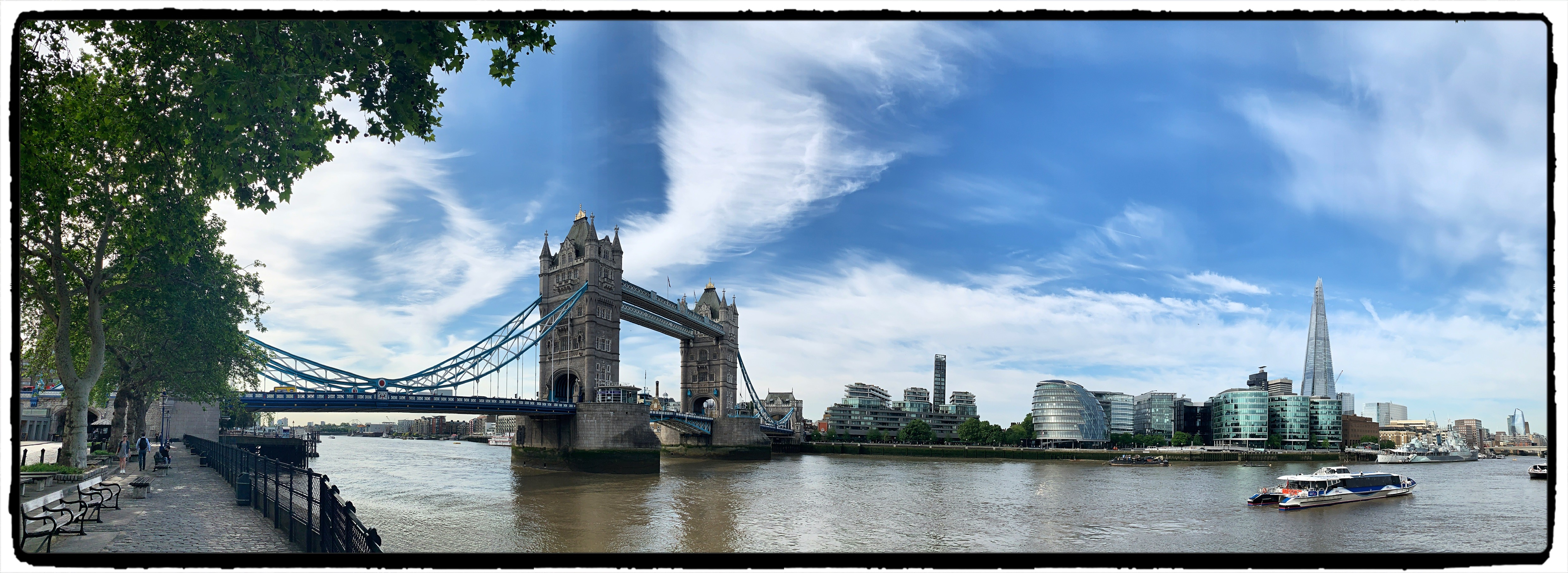
A Culinary Journey Through Europe: Flavors That Define a Continent - Part I
Embarking on a European adventure means immersing yourself in a rich tapestry of culinary traditions that have evolved over centuries. From the sun-drenched Mediterranean shores to the hearty kitchens of Central Europe, the continent offers an unparalleled gastronomic experience where each meal tells a story of cultural heritage and regional pride. What follows is a mouthwatering tour across Europe's diverse culinary landscape, highlighting the signature dishes that make each destination uniquely delicious.
Mediterranean Delights: Italy, Greece, Spain, and Portugal
Italy stands as a culinary cornerstone of Europe, where food isn't just sustenance but a celebration of life itself. As you wander through Italian cities, the aroma of Pizza Napoletana wafts through Naples' narrow streets—thin, crispy crusts topped with fresh mozzarella, tomatoes, and fragrant basil that exemplify simplicity and perfection. In Rome, pasta alla Carbonara offers a creamy indulgence, with its rich sauce of eggs, Pecorino Romano cheese, guanciale, and freshly ground black pepper coating each strand of spaghetti. No Italian culinary journey would be complete without sampling gelato, the country's famed creamy ice cream available in countless flavors from traditional pistachio to innovative modern blends.
Crossing the Ionian Sea brings you to Greece, where centuries-old recipes showcase the bounty of land and sea. Here, moussaka reigns supreme—a hearty layered dish of eggplant, seasoned minced lamb or beef, creamy béchamel sauce, and melted cheese that embodies Greek comfort food. The streets of Athens invite you to taste souvlaki, perfectly grilled meat skewers served with pillowy pita bread and cooling tzatziki sauce. Greek salads appear deceptively simple but deliver complex flavors with their fresh vegetables, briny olives, tangy feta cheese, and peppery olive oil—all ingredients that speak to Greece's Mediterranean heritage.
Spain entices food lovers with its tapas culture, encouraging social dining and flavor exploration. In Valencia, golden paella captures the essence of Spanish cuisine—saffron-infused rice studded with seafood, chicken, and vegetables that varies from region to region. Madrid and Barcelona's tapas bars serve small plates that pack big flavors, from crispy patatas bravas drizzled with spicy sauce to paper-thin slices of jamón ibérico and tender grilled octopus. For those with a sweet tooth, churros—fried dough pastries dusted with sugar and served with thick chocolate dipping sauce—provide the perfect ending to a day of Spanish culinary adventures.
Portugal, though sometimes overshadowed by its neighbors, boasts distinctive flavors that deserve equal recognition. The country's relationship with the sea is evident in bacalhau, salted codfish prepared dozens of ways from hearty stews to delicate fritters. In Lisbon, pastéis de nata tempt passersby from bakery windows—these delicious custard tarts encased in flaky, crisp pastry shells have become Portugal's sweet ambassadors to the world, offering a creamy, caramelized bite of Portuguese history.
Western European Classics: France, Belgium, and The Netherlands
France's culinary reputation precedes it, with techniques and traditions that have influenced global gastronomy for centuries. In Burgundy, coq au vin exemplifies French finesse—chicken slowly braised in red wine with mushrooms, pearl onions, and bacon until the meat falls tenderly from the bone. Paris mornings aren't complete without freshly baked croissants and baguettes, their buttery layers and crisp crusts representing French baking at its finest. Southern France offers ratatouille, a vibrant vegetable stew where eggplant, zucchini, and tomatoes meld together in a celebration of Provençal produce. The adventurous palate might seek out escargots de Bourgogne, where snails are transformed into a delicacy through garlic, butter, and parsley. Throughout the country, French cheese showcases regional diversity, from the creamy softness of Brie to the assertive blue veins of Roquefort.
Belgium may be small in size, but its culinary contributions loom large on the European stage. Moules-frites combines the bounty of the North Sea with perfect potato preparation—plump mussels steamed in white wine and herbs served alongside golden, crispy fries. Belgian waffles bear little resemblance to their American namesakes, offering light, airy textures with deep pockets perfect for holding whipped cream, chocolate, or fresh fruit. The country's chocolate tradition elevates cocoa to an art form, with skilled chocolatiers crafting everything from velvety truffles to pralines with delicate fillings that melt on the tongue.
In The Netherlands, culinary pleasures often come in distinctive forms that reflect the Dutch character. Stroopwafels provide sweet comfort—two thin waffle cookies sandwiching a layer of caramel syrup that softens slightly when placed atop a steaming cup of coffee. For a savory experience uniquely Dutch, street vendors offer haring—raw herring served with chopped onions and pickles, traditionally consumed by holding the fish by its tail and biting upward in one fluid motion.
The Joy of European Culinary Exploration
This culinary journey through Europe barely scratches the surface of the continent's rich food heritage. Each country has countless regional specialties and local interpretations of dishes that might change from one village to the next. Part of the joy in European travel comes from discovering these delightful variations and the stories behind them—whether you're sampling street food in a bustling market or dining in a centuries-old restaurant. Every meal becomes an opportunity to connect with European cultures through their most accessible and enjoyable traditions: the foods that have sustained and celebrated communities across generations. As you plan your European adventure, leave room in your itinerary—and your appetite—for the culinary discoveries that await around every corner.







